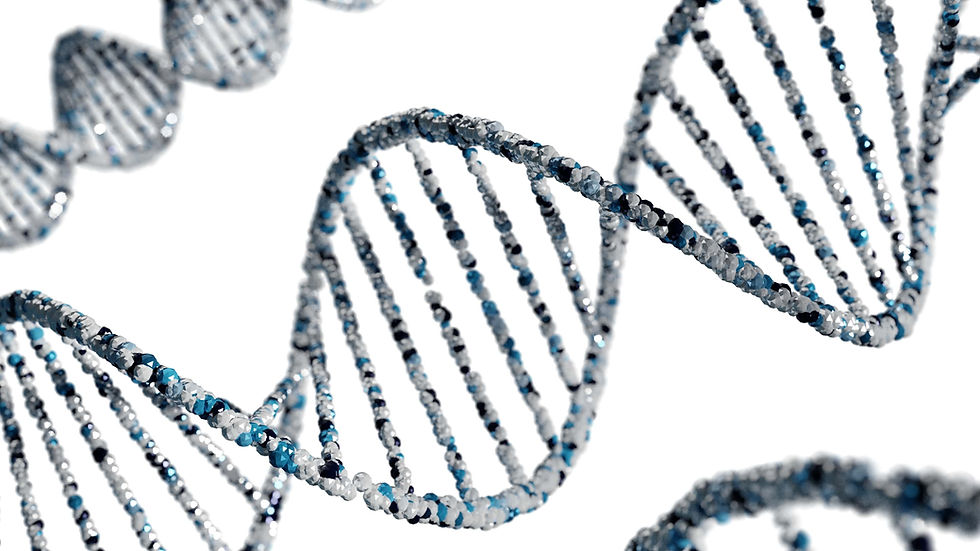Unraveling Your DNA's Mysteries: A Conversation with 23&Me
- Rachel Huss
- Jun 29, 2023
- 2 min read
Updated: Sep 7, 2023

(Image courtesy of Summit Entertainment/Lionsgate.)
Director Catherine Hardwicke introduced millions of people to genetic processes in her 2008 film Twilight. In the movie, biology teacher Mr. Molina (José Zúñga) assigns Bella Swan (Kristen Stewart) as Edward Cullen's (Robert Pattinson) biology partner to compete for The Golden Onion. To win the coveted prize, the students must correctly identify a cell sample in either mitosis or meiosis. The pair receive the golden onion, and the audience sees a foundational interaction between the characters. In 2008, I began a new school, and Twilight served as a subject for riveting discussions. In 2023, the scene exemplifies the following paradox: Does the sum of our genetic traits measure us, or are we the byproduct of our environment?

(Image courtesy of Media from Wix.)
While vampires and shapeshifters (the proper term for the wolves in the Twilight Universe) can teach us more about the human condition, society is starting to learn what that phrase means for the first time in human history. In 2003, scientists sequenced the human genome. In the past twenty years, the science typically reserved for the most advanced labs can now be used by customers to understand their health on a microscopic level. With one saliva sample, you can learn how you fit into the story of humanity. In the genetics realm, 23&Me has established itself as the premiere genetic biotechnical company. I spoke with Scott Hadler, Managing Editor of 23&Me, to learn more about the organization.

(Logo courtesy of 23&Me.)
1, What is 23&Me?
23&Me has many pillars. While people have the opportunity to learn more about their ancestry and familial connections, we do not consider ourselves a genealogy company. Instead, we are a company that provides customers with the latest comprehensive health and genetic research.

(Image courtesy of 23&Me.)
2. How can genetic material define a person?
Genetics is not determinative. A person can have genetic variants that influence taste, disease risk, or more. DNA can serve as a recipe and a history book that showcases how a person comes to be. For example, many places around the world use cilantro to season dishes. Yet, for some people, cilantro can taste like soap. Ashkenazi Jews, a group historically isolated within Central and Eastern Europe, is a bottleneck population with mainly acquired variants such as the increased possibility of cilantro tastes like soap.

(Image courtesy of 23&Me.)
3. What is the future of the company?
We will continue our research on how genetics impacts illness and remedies. We are interested in learning more about drug targeting and genetic expression (learning how to activate or dormant a gene that can cause disease).
(Video courtesy of 23&Me.)

Comments